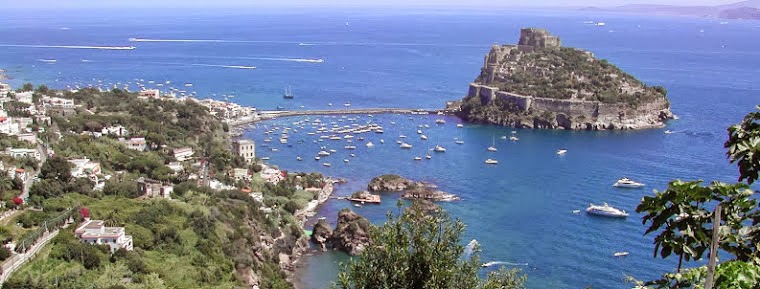Ventotene, in Roman times known as Pandataria or Pandateria from the Greek Pandateria (Ancient Greek: Πανδατερία) or Pandatoria (Ancient Greek: Πανδατωρία), is one of the Pontine Islands in the Tyrrhenian Sea, 46 kilometres (25 nmi) off the coast of Gaeta right at the border between Lazio and Campania, Italy. The municipality of Ventotene, of the province of Latina (Lazio) had 708 permanent residents as of 2008.
 |
| Ventotene Island |
The island, the remains of an ancient volcano, is elongated, with a length of 3 kilometres (2 miles) and a maximum width of about 800 metres (2,625 feet).
The municipality includes the small ancillary island of Santo Stefano, located 2 km (1 mi) to the east, which is the site of a massive prison, now closed. A further island, Ponza, is 40 km (25 mi) to the west.
 |
| Ventotene Island |
The island is connected by ferry and hydrofoil service to Formia and Anzio; this is supplemented by summer services from and to Ischia.
The port has kept some tuff structures of the ancient Roman structure; on the island are also remains of villas and the extensive rainwater catchment system of channels and cisterns hewn from the bedrock, for the island has no natural springs of fresh water, which today is shipped in by tanker.
 |
| Ventotene Island |
In July 2009, archaeologists announced the discovery of a "graveyard" of five ancient Roman ships in the deep waters off Ventotene, with their pristine cargoes of olive oil, garum and metal ingots.
One ship carried a full load of a kind of dish called a mortarium, in which foods were ground or mashed. Some of the recovered objects were immediately placed on view at Ventotene.




















































